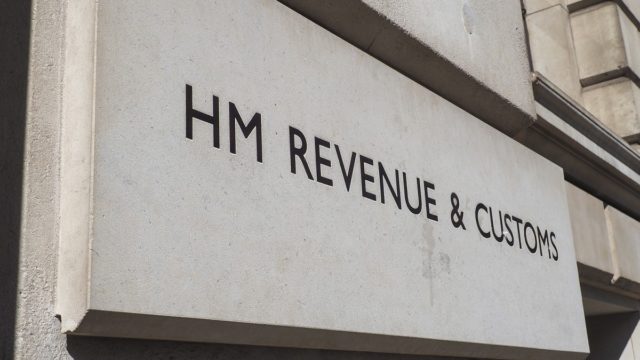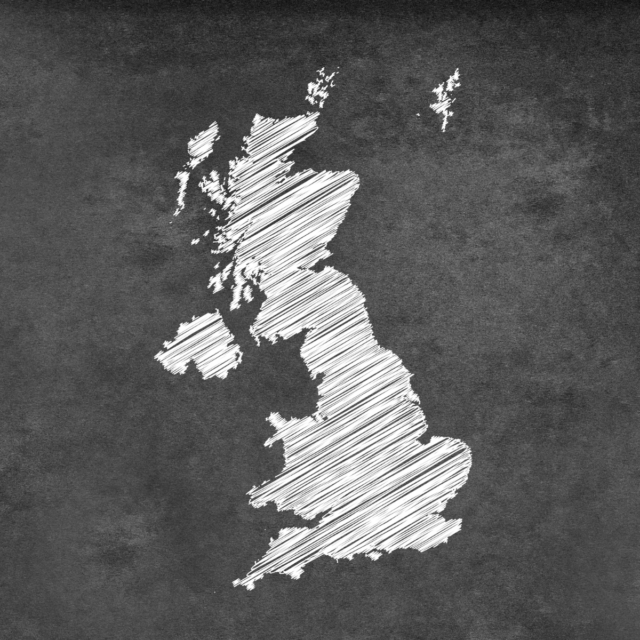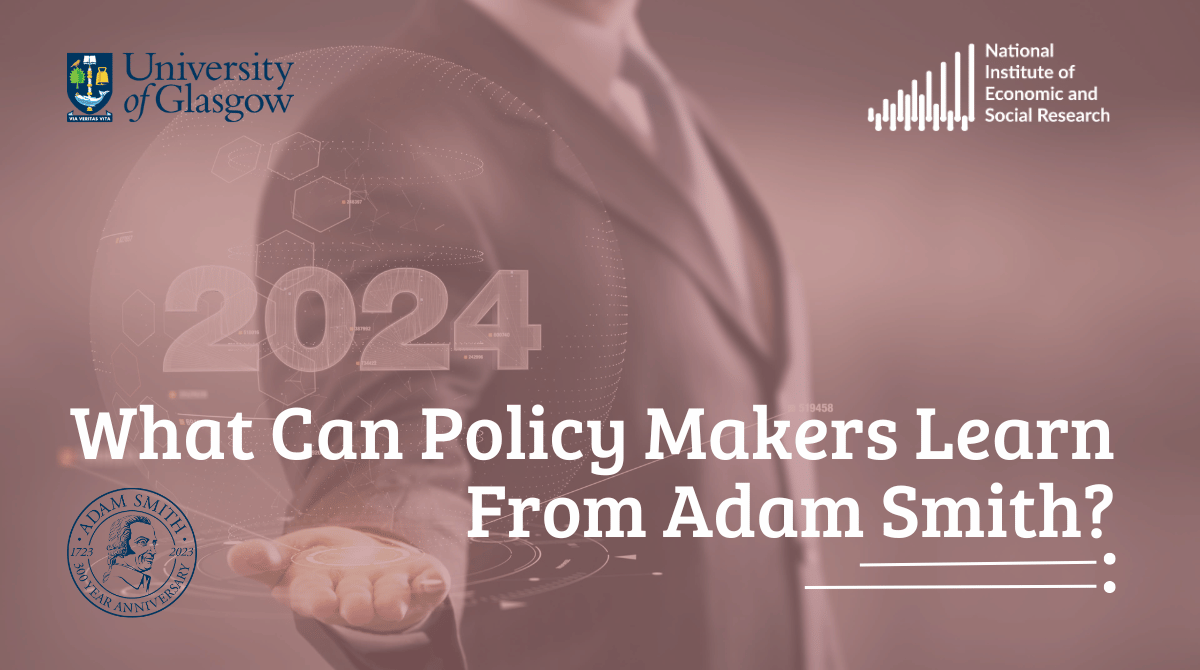The prospects for achieving the 2020 child poverty targets
 Pub. Date
Pub. Date
09 June, 2014
 Pub. Type
Pub. Type
New research looking at the prospects for achieving the child poverty targets “Understanding the parental employment scenarios necessary to meet the 2020 child poverty targets” was published today by the Social Mobility and Child Poverty Commission. It was carried out for the Commission by Howard Reed at Landman Economics and Jonathan Portes at NIESR.
The new research uses household survey data and tax-benefit microsimulation modelling to forecast child poverty levels under a range of different scenarios for employment growth and earnings growth in the UK economy between now and 2020.
Its main conclusion is that it is very difficult to meet the child poverty targets through parental employment alone. Even if the UK achieved OECD-beating parental employment outcomes – far better than the Office for Budget Responsibility expect – the statutory child poverty targets in the Child Poverty Act 2010 will be missed by a considerable distance. Parental employment of close to 100% would not be enough to meet the targets within the current tax and benefit system.
Other key findings include:
- In the baseline scenario – if employment and earnings follow Office for Budget Responsibility projections – the research projects that almost one in four children (24%) will be in absolute poverty in 2020. The Commission calculates that this is around 3.5m children. This is almost five times the number needed to ‘end’ absolute child poverty (defined in the Child Poverty Act target as reducing it below 5%).
- Even in very optimistic scenarios – OECD-beating employment rates and wages recovering to reach 2008 levels in real terms by 2020 - the research projects that more than one in five children (21% or 3.0 million) will be in absolute poverty in 2020, compared to 17% in 2010/11. There has been no other 10 year period in which absolute child poverty has risen since records began in 1961.
- In the very optimistic scenario detailed above, the research projects that one in five children (21%) will be in relative poverty in 2020, compared to 17% in 2010/11.
- While increasing parental employment rates, hours and wages all make a difference to reducing absolute poverty, the impact is reduced by the high effective marginal tax rate faced by the poorest households.
- Against the relative target, while higher parental employment and hours of work reduce relative poverty, higher wages tend to slightly increase it (due to high effective marginal tax rates on the poorest households, increases in wages tend to increase net incomes of households in the middle of the income distribution slightly more than households at the bottom).
- Achieving the child poverty targets would require parental employment of close to 100% combined with substantial increases in the working hours of families in working poverty far beyond the requirements of Universal Credit.
- Success in delivering more rapid rises in parental employment and higher wage increases than the Office for Budget Responsibility currently expect will lead to significant gains for the Exchequer from higher tax revenue and lower in-work benefit payments.
- For example, achieving OECD-best employment levels and seeing real wages recover to reach 2008 levels by 2020 would lead to an estimated £37 billion improvement in the public finances.
- This could offer a way of improving financial support within current fiscal plans: recycling some of these gains into measures to reduce child poverty further, such as increased Universal Credit payments or improved childcare provision.





















